HLCE receives permit to build Worship Hall and $200k from Government
Roger Tan posted this on his blog Voice of Reason. We are both members of Holy Light Church English (HLCE) in Johor Bahru, Malaysia. The post is reproduced here with his permission.
Leading with an open heart
It remains one of the non-Muslims’ gravamina that they find it increasingly difficult to build their places of worship. But recently, the Johor state government not only approved the building of a church, it also contributed RM200,000 to its construction.
ON Aug 1, the congregation of my church, the Holy Light Church (English), Johor Baru (HLCE), was elated to learn at a special fund-raising service that Johor Mentri Besar Datuk Abdul Ghani Othman had granted a sum of RM200,000 towards the construction of our first church building.
A member of the congregation, Suzie Teo, who shed tears of joy upon hearing the announcement, said: “We are overwhelmed by the Mentri Besar’s kind gesture. What was initially a pipe dream is now a dream come true.
“I am so touched to learn that after waiting for 20 years, the Johor state government has not only approved our application but has also decided to partially contribute towards the construction cost of RM3mil.”
Indeed, the Mentri Besar’s thoughtful gesture in our time of need, which is not given at election time, will go a long way to assure the HLCE congregation that the state government is not just a government of one particular race or religion, but that of all Johoreans.
In fact, as we look back at the last 20 years, the entire journey is one of faith, which is obviously not suitable for the faint-hearted lacking any tenacity to persevere from the application stage to the final approval.
It was in September 1989 that HLCE acquired this piece of agricultural land in Pandan, next to the Ponderosa Golf Resort, measuring 8.925 acres. As the HLCE congregation has been worshipping on rented premises since 1952, it is hoped that a permanent place of worship would be erected on this land.
In 1991, the HLCE applied to the Johor state authority to convert the land use from “agriculture” to “religious use”, but this was turned down in 1993. In August 1993, the HLCE received notice that the land would be compulsorily acquired for a joint-venture project between a state agency and a private developer. The HLCE then filed a suit in 1995 against the state government challenging the validity of the acquisition. At this time, I had already moved from Kuala Lumpur and started worshipping at the HLCE.
When I brought to the attention of then Mentri Besar Tan Sri Muhyiddin Yassin that the land belonged to a church, Muhyiddin immediately instructed that the land acquisition be withdrawn. When Ghani became the Mentri Besar in 1995, he arranged for the withdrawal of the acquisition to be officially gazetted on Sept 3, 1996.
Being only too aware that it would be near impossible for the state authority to convert the land use to religious use over a piece of property measuring about nine acres, the HLCE then had it sub-divided equally into two plots.
Over the years, the HLCE applied for the two plots to be separately converted for institutional and religious purposes. In 2000, the state government approved the piece meant for institutional use. It was not until April 2008, and that also only after the personal intervention of Ghani, that the other piece was converted for religious use.
In June 2010 and early this month, the state security committee and the Johor Baru City Council respectively approved the building plans for the new church sanctuary. Piling work is expected to commence in October.
As shown above, the application and approval process for the erection of non-Muslim places of worship is most cumbersome. As it is almost unheard of that state governments would alienate lands for building non-Muslim places of worship, most lands involved are private lands. Hence, the necessity of having first to convert the land use to religious use before a place of worship can be erected thereon.
Only after the land conversion is approved can one submit the building plan for approval by the local authority. It must be emphasised that when applying for both the land conversion and building plan approvals, the entire approval process is repeated in that the approvals of the district and state security committees are mandatory for both stages. It is also open knowledge that representatives from the Islamic Affairs Department would sit in these committees.
It follows that it is not unusual to take at least five to 10 years from the time the application is submitted until the project finally comes to fruition. Perhaps what creates the most resentment among non-Muslims is the fact that the erection of their places of worship is treated as a security threat.
In the last general election and even today, it remains one of the non-Muslims’ gravamina that they find it increasingly difficult to build their places of worship. They are upset that the approving authorities have scant regard to Articles 3 and 11(3) of the Federal Constitution which guarantee them the right to profess and practise their religions as well as to establish and maintain institutions for religious purposes.
In the case of the HLCE, it had to seek the assistance of various high-ranking government officials and politicians in the last 20 years. While I find them most understanding and helpful, the same cannot be said of the junior and local government officers. As the civil service is almost mono-religious and often devoid of multi-religious sensitisation, it is understandable if they feel that it is against their religion to support the erection of other places of worship.
So when applications are so frequently turned down and approvals are so difficult to obtain, it is axiomatic that the only human reaction is, of course, to convert, albeit illegally, houses, shoplots and commercial premises into worship places.
In the true spirit of the Federal Constitution, I wish to reiterate my calls made over the years on the need to establish a non-Muslim Affairs Committee/Department in each state to deal with all matters relating to non-Muslim places of worship.
I understand this has been done in Selangor and Penang. In fact, it was reported that since Pakatan Rakyat took over Selangor, the state government has approved 86 non-Muslim places of worship, comprising 42 Hindu temples, 26 Chinese temples, 13 churches and five gurdwaras.
So if the Barisan state governments want to capture the hearts and minds of non-Muslims, this is one area of contentment which needs their serious and immediate attention.
As a start, the federal government should ensure that any guidelines on non-Muslim places of worship imposed by the National Council for Local Government under Article 95A of the Federal Constitution are adhered to and implemented properly by the respective state governments and local authorities.
There should be relaxation with regard to limitations placed on size, height, length and width of all places of worship, regardless of the religion.
In my opinion, we should also not have too wide a buffer zone between two different places of worship if we want to encourage tolerance and understanding in our multi-racial and multi-religious society, particularly among our young people.
At state level, the state governments should allocate sufficient development funds and ensure that it is built into the structure/local plans and planning approvals requiring developers to set aside ample lands for the erection of places of worship in new housing townships.
If I am not mistaken, the current permitted ratio for the number of non-Muslim places of worship in a housing development is one house of worship for every 2,600 followers of that faith.
This formula should be reviewed because it is neither equitable nor constitutional as it ought to be needs-based, that is, according to the needs of each religious community in that area.
One must also take into account that unlike the Muslims who are homogeneous, followers of Buddhism, Taoism, Hinduism and Christianity are not, and within them, there are different sectors and denominations.
In this regard, I am confident that many of our Muslim brethren are sympathetic to the predicament faced by non-Muslims. It is hoped that those in high places will appreciate that withholding and delaying the approval for the erection of non-Muslim places of worship is both unjust and unconscionable.
In fact, all religions teach their followers to be good. It is, therefore, in the national interest to have a society which is religious as this will in turn bring about a healthy nation imbued with the highest moral and ethical standards.
A fortiori, at this Internet age, having a religious society founded on strong spiritual values is the elixir to corruption of morality and mores among our young people.
As a matter of record, it will not be complete without my expressing on behalf of the HLCE congregation our gratitude to Ghani for the financial grant and his kind assistance. Thank God too, for a moment, I thought our church building would not even materialise during my lifetime!
Published in The Sunday Star on 15 August 2010







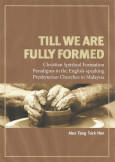
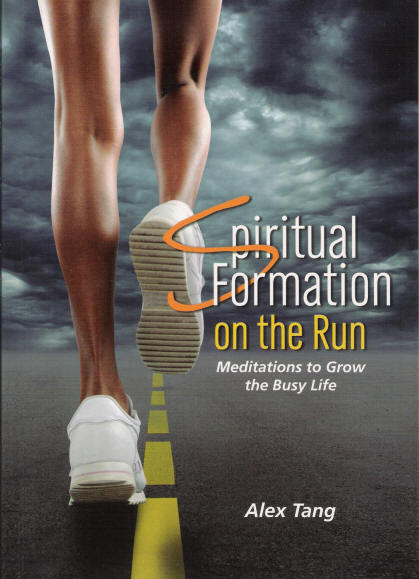
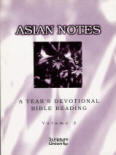

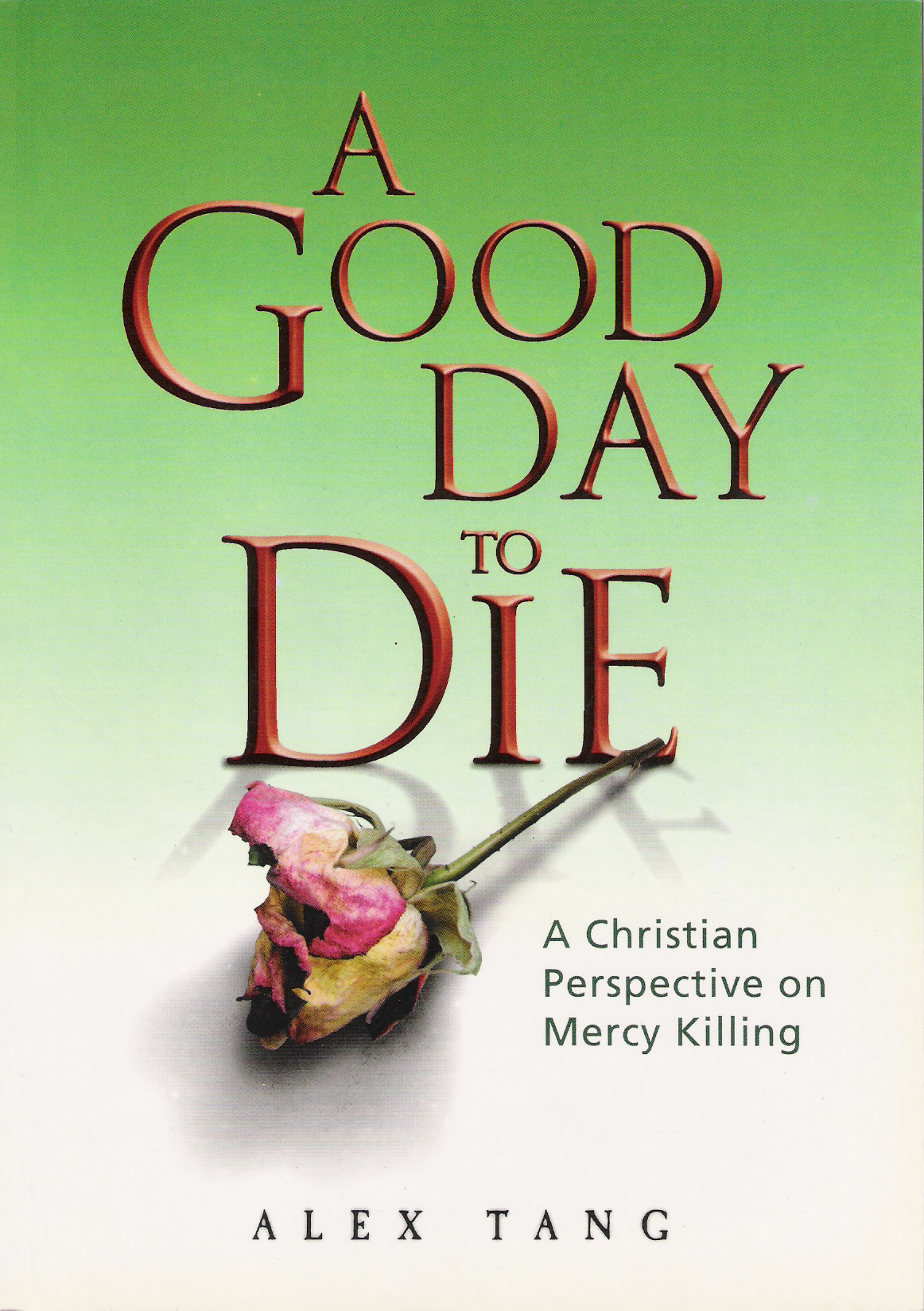



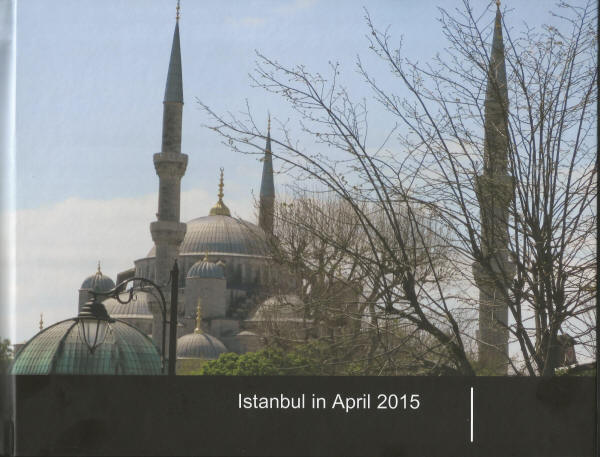
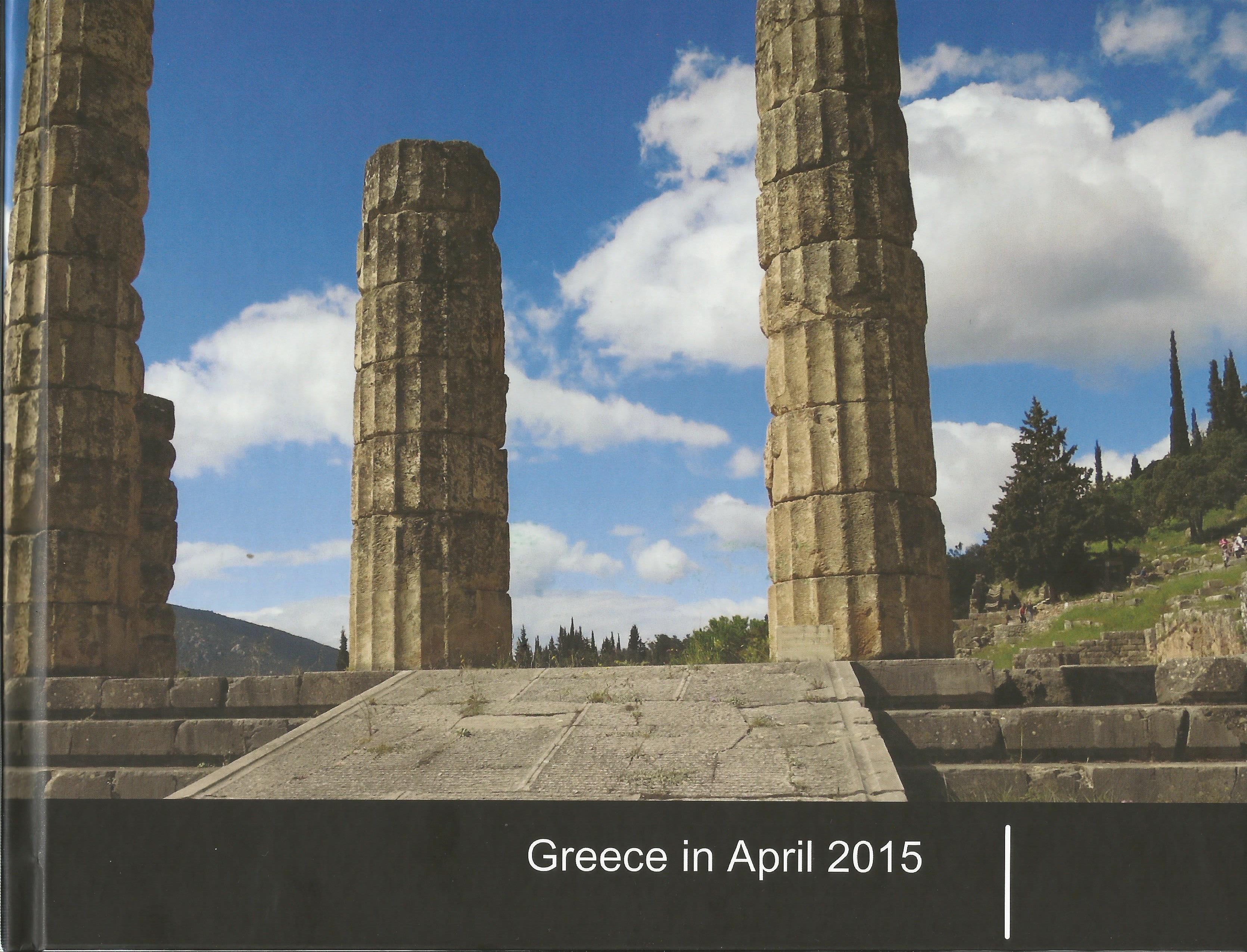
0 Comments:
Post a Comment
<< Home